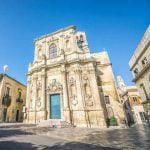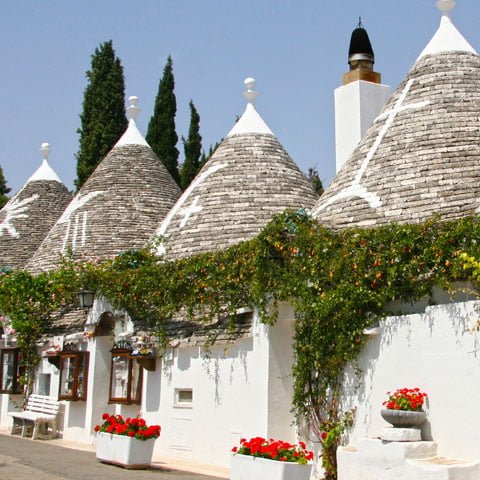Tucked away in the southeastern “heel” of the boot of Italy is the hidden gem of Lecce. With more than ninety-five thousand people, it is one of the most populous cities in the area. It serves as the capital of the Province of Lecce and a cultural hub for the Salento Peninsula. The beautiful Baroque style architecture of much of the city, combined with the natural beauty of the area make for fantastic sightseeing and adventures. Pair this with fascinating cultural traditions and annual festivals, and the city of Lecce offers plenty of unique activities to keep travelers occupied throughout the year.
FESTIVAL AND EVENTS IN LECCE
One of the most popular and well attended religious events in Lecce is the Feast of the Patron Saints Oronzo, Giusto, and Fortunato. The festival lasts three days, from August 24 to August 26. It begins with a procession of the people carrying statues of the three saints along the city streets, through Piazza Sant’Oronzo, which is illuminated with colorful light displays, and ending at the Lecce Cathedral. Aside from the procession, the multi-day celebration features concerts, theater performances, and fairs where local goods are for sale. The event concludes with a spectacular fireworks show that is highly anticipated by the locals each year.
Every June, the town of Novoli in the province of Lecce celebrates Puccia dell’Ampa. The event is a celebration of a particular type of cuisine in the area, a special wood-baked sandwich with hollowed out bread that is stuffed with cured meats, cheeses, and other ingredients. A variety of different types of puccia are available to taste during the festival, from traditional flavor combinations to those with vegetables, sausage, and other ingredients. This is just one of the many summer sagre (or food festivals) that the Salento area is known for.
During the Christmas season, Lecce hosts a Nativity Scene Fair. Taking place for several weeks during the month of December, the fair offers locals and visitors alike a chance to learn more about the ancient art of nativity scenes and to purchase traditional papier-mâché, Lecce stone, and terracotta statues handmade by local artisans.
La Notte della Taranta is a unique tradition characteristic of the Salento area that takes place in various towns in the province of Lecce. This traveling music festival occurs every year and is a celebration of Pizzica, a popular folk-dance native to Salento. The dance is part of the larger tradition of tarantella dances that are characteristic of Southern Italy. These ancient dances are noted for their pagan roots and feature traditional costumes. La Notte della Taranta takes place throughout the month of August and is characterized by lively music and dance performances.
Other events held during the year include the annual Locomotive Jazz Festival and the annual Lecce Festival of European Cinema. These events celebrate musical and cinema accomplishments and include award ceremonies.
OUTDOOR ACTIVITIES
The heart of historic Lecce is Piazza del Duomo. Although this city square is somewhat smaller in comparison to many of its Italian counterparts, what it lacks in size it makes up for in quality. Lecce is often referred to as the “Florence of the South” because of its ornate Baroque style architecture. Here visitors will find renowned structures, such as the Lecce Cathedral, that are made of Lecce stone, a special locally found limestone that is easy to sculpt. A number of shops and restaurants are adjacent to the square, and these are wonderful places to find respite from the busy square.
While in Piazza del Duomo, do not forget to admire the stunning bell tower of the Lecce Cathedral. Standing at approximately 230 feet, the tower rises above the square and offers unforgettable panoramic views of the nearby coast.
The other key structure in Piazza Duomo is the Episcopio, which serves as the home of the Archbishop and the headquarters of the Lecce Curia. The original structure dates back to the fifteenth century, though it was subsequently rebuilt. This remarkable Baroque building is home to a gallery where visitors can admire statues and paintings by artists such as Catalano, Luca Giordano, and more.
Piazza Sant’Oronzo is also a must-see. This square is home to the Church of Santa Maria delle Grazie, Palazzo del Sedile, and the Roman amphitheater. Palazzo del Sedile is one of the most notable structures in the piazza with an enormous glass tiled entryway window and ornate building design that features Gothic and Renaissance styles.
To see the well-preserved Roman amphitheater is to take a giant step back in time. These ancient ruins located in Piazza Sant’Oronzo were first discovered in the twentieth century, but are thought to have been constructed as far back as the second century AD. In its day, this open-air theater could hold as many as approximately twenty-five thousand people. The ruins are so fascinating to behold that visitors can take tours of these impressive semi-circle remains. During the summer, the amphitheater hosts artistic events and theatrical performances.
Another square worth visiting is Piazzetta Arco di Trionfo, which dates back to the nineteenth century and was constructed to bring a little greenery to the city center. Set between two important historic monuments — the sixteenth century Triumphal Arch dedicated to Charles V and the nineteenth century Obelisk built in honor of Ferdinand I of Boubon — excavations below the square have uncovered parts of the original city walls that date back to the fourth century B.C. As one of the gateways to Lecce’s historic city center, Piazzetta Arco di Trionfo is a perfect gathering place for locals and visitors alike.
INDOOR ACTIVITIES
No trip to Lecce is complete without visiting the Basilica of Santa Croce. This church is one of the best known in all of Lecce and is, of course, famous for its sixteenth century Baroque style architecture. The building is made of the local Lecce stone, and that is perhaps the only simple thing about it. The basilica’s exterior is stunningly elaborate and full of thousands of tiny details that reveal themselves in carvings, statues, and a gorgeous main rose window. The interior of the building, just as ornate as the exterior, is exquisite with many white columns, carvings, elegant chandeliers, and a coffered ceiling.
Also not to be missed is the Lecce Cathedral, called Cattedrale dell’Assunzione della Virgene, that is one of the most important religious structures of the city. This twelfth century building that underwent renovations in both the thirteenth and seventeenth centuries is located in Piazza del Duomo. The Baroque architecture of the exterior is accented with a dark cream color and a small stairway that leads up to the main entryway. Above the entryway is an elaborate balcony with several statues, and to the left of the building is a bell tower of two hundred thirty feet that stands five stories tall. The interior of the building is quite ornate with gold artwork and arches as well as historical artwork on the ceiling. The church has twelve chapels, and each is decidedly unique in presentation.
A visit to the Faggiano Museum is a fascinating way to pass time indoors. This private building showcases more than five hundred archeological artifacts, some of which are estimated to date as far back as two thousand years ago. The structure itself was excavated over a period of seven years or so and was found to have served a number of purposes, including being a Templar home, a burial site, and a granary.
In the heart of the city, visitors can learn more about Lecce’s role as a cultural hub during a visit to the Apollo Theater. Dating back to the twentieth century, this Neoclassical theater is among the most beautiful in Lecce, in addition to the Politeama Greco Theater and the Paisiello Theater. After not operating for several decades, the theater underwent major restoration works and was eventually reopened in 2017. The stately exterior is perfectly complemented by an elegant interior with marble accents, stucco decorations, and papier-mâché artwork.
FAMILY ACTIVITIES
Families may enjoy some time out in the wide-open spaces of the Cesine Nature Reserve. The park is about 10 miles east of Lecce proper. The reserve is said to feature some of the best-preserved wetlands in Italy, complete with beautiful natural green landscapes and a variety of plant life. Children will enjoy exploring some of the well-worn trails found throughout the reserve and admiring the local fauna, such as ducks and birds of prey.
The Giardini Pubblici Giuseppe Garibaldi are simply stunning public gardens that are so picturesque they would easily pass for the background setting of a movie. As you wind your way through the park positioned in the heart of the city center, shady trees, colorful flowers, and wooden benches abound. The park was established in the nineteenth century and is said to have originally been built for the royal family. Today the park has four different entrances, and once inside, visitors will enjoy the statues and Italian monuments as well as the clear ponds and simply spectacular water fountains. This public garden is a true treasure of Lecce and a wonderful way to spend the day.
Families may also wish to stop by Lecce’s monthly antique market, which takes place every last Sunday of the month along Via XX Settembre. Here, hundreds of vendors sell a wide variety of antiques and local products.
KIDS ACTIVITIES
For children who enjoy the castles of fairytale stories, the Lecce Castello is a dream come true. This sixteenth century castle was once the main defensive structure of the city. The structure is rather boxy and worn in places, with a beautiful water fountain and green area amidst the paved walkways. The interior has several exhibits, frescoes, and pieces of artwork and is in amazingly good condition. As you wander about the castle, do not forget to look up at the beautiful arched stone designs on the ceilings.
Located inside the Lecce Castello is the Papier-mâché Museum, named Museo della Cartapesta. This tradition of papier-mâché, historically referred to as cartapesta, was well established in the seventeenth century and became a popular way of decorating churches, statues, and ceilings. In fact, Lecce was once an important center in the production of papier-mâché. Historical evidence of this artwork can be seen in several places in Lecce, and many of those that still practice the art today will sell their creations in local shops. The museum itself houses approximately 80 works of art by local master artists from the eighteenth century to the present day.
UNIQUE EXPERIENCES IN LECCE ITALY
Hands down one of the most unique experiences in all of Lecce is to observe and walk through three of the remaining original city gates that served as entryways to the historical center of the city. The remaining gates are Porta San Biagio, Porta Rudiae, and Porta Napoli. Each of these gates is grand and full of Baroque style architecture. Porta San Biagio is the southernmost gate defined by a statue of Saint Blaise as well as Lecce’s crest. The title of the oldest gate belongs to Porta Rudiae which features a large arched entryway with several statues atop that represent the city’s founders. Porta Napoli is by and far the most famous entryway because it also serves as a triumphal arch. While the city gates are quite amazing to behold for their beauty and design alone, it is almost unimaginable to think of how many people before you have passed through these very gates since their construction centuries ago.
Whether you spend one day or several in the fabulous city of Lecce, there is no shortage of activities or magnificent things to do. What is often unanticipated by visitors is the way the beauty of this Italian city settles into your heart, calling out to you to return over and over again. Come to Lecce and feed the body and soul with this city’s unique Italian charm.
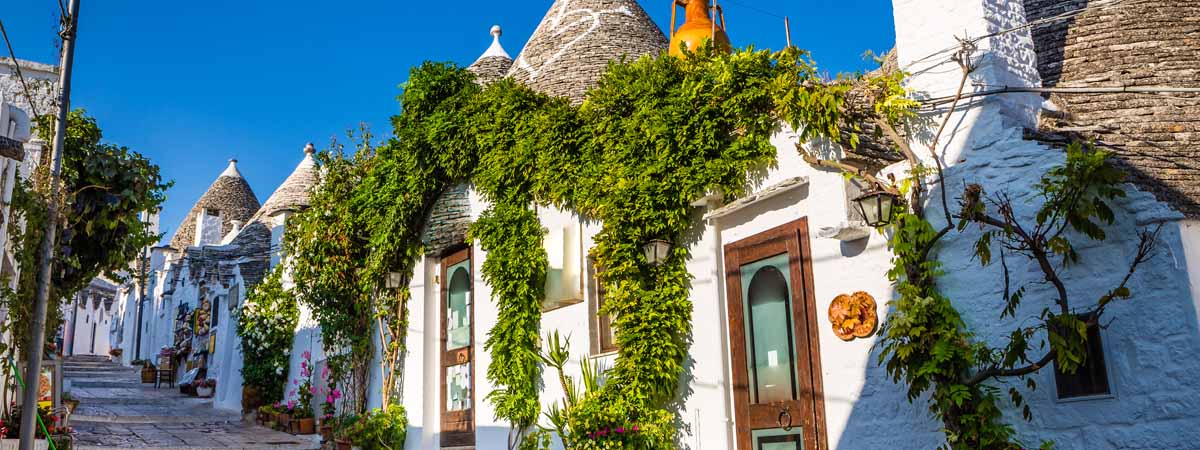
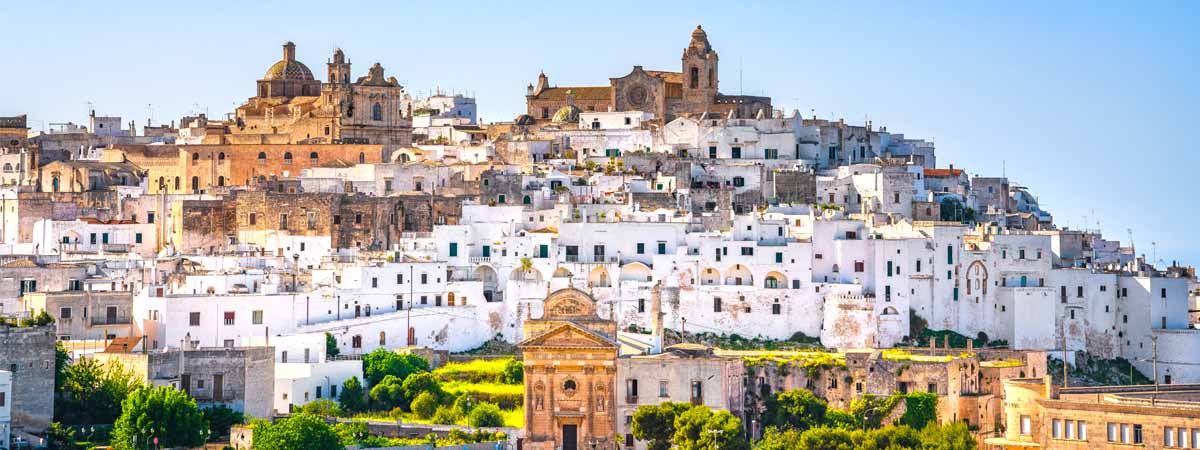
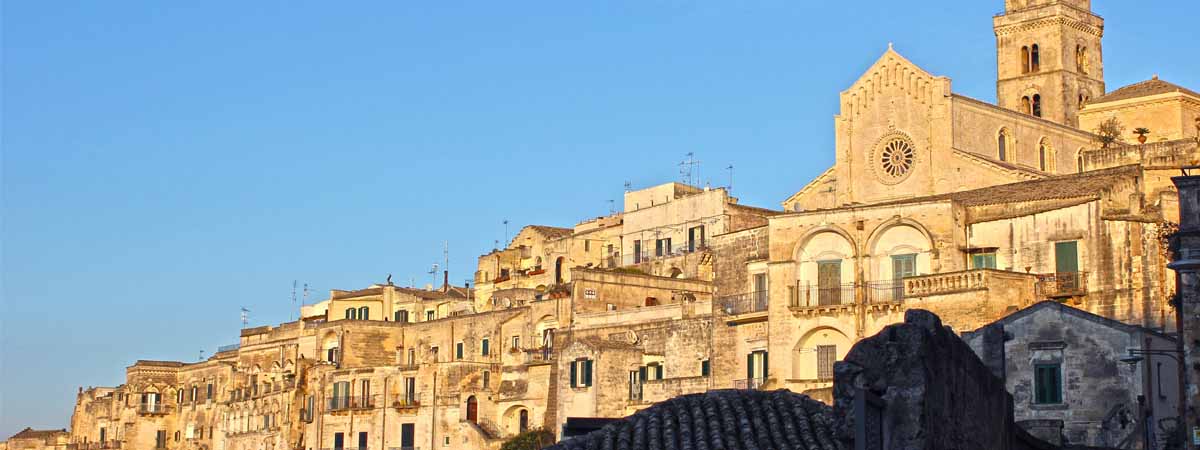

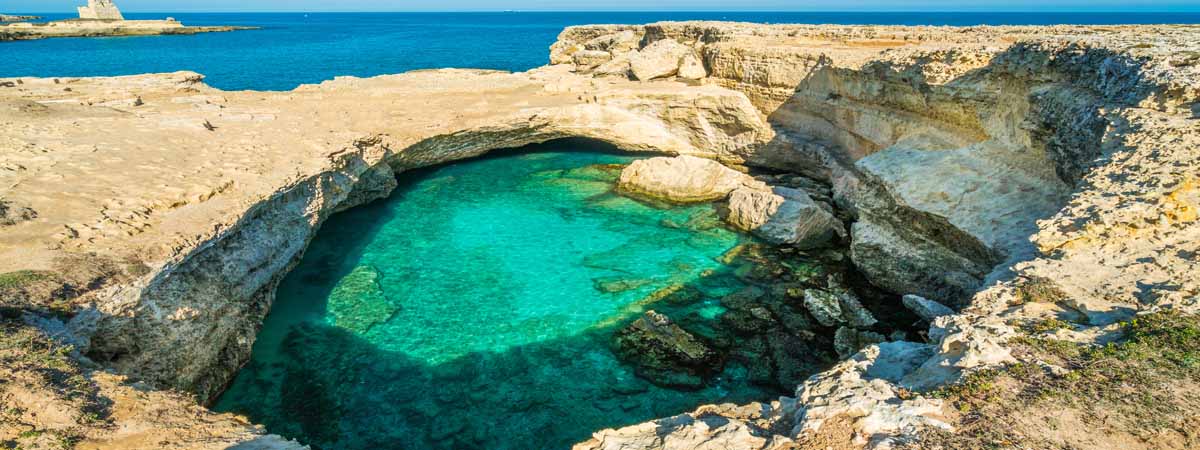
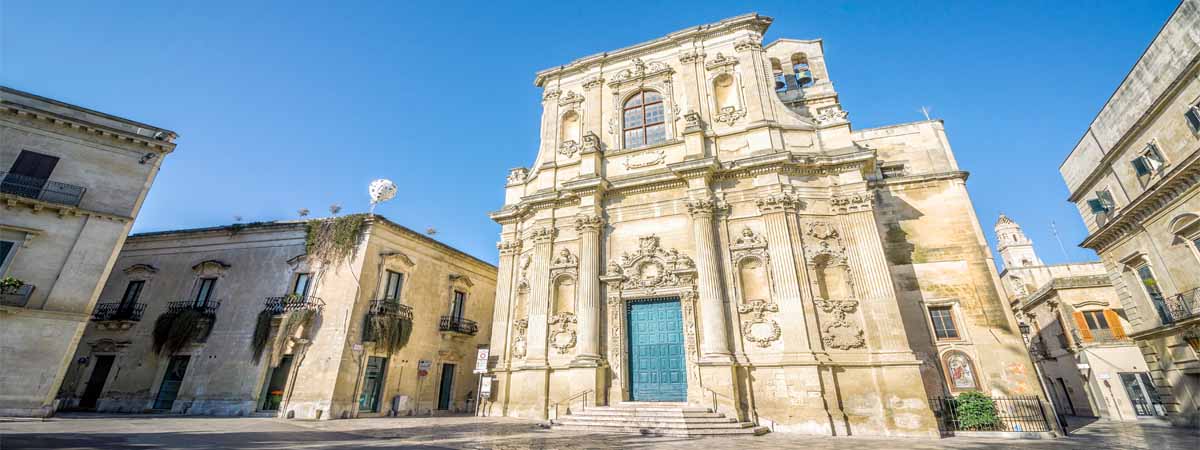
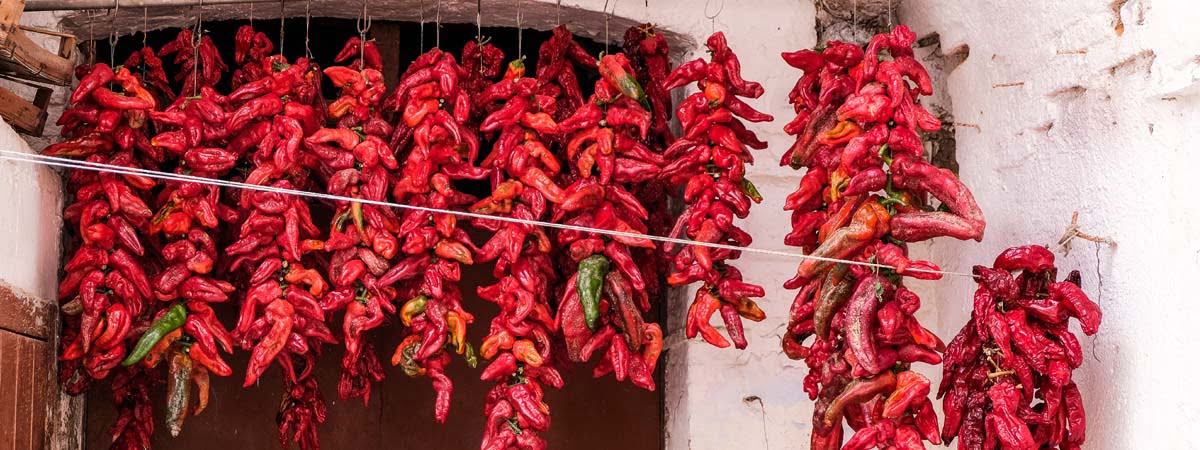
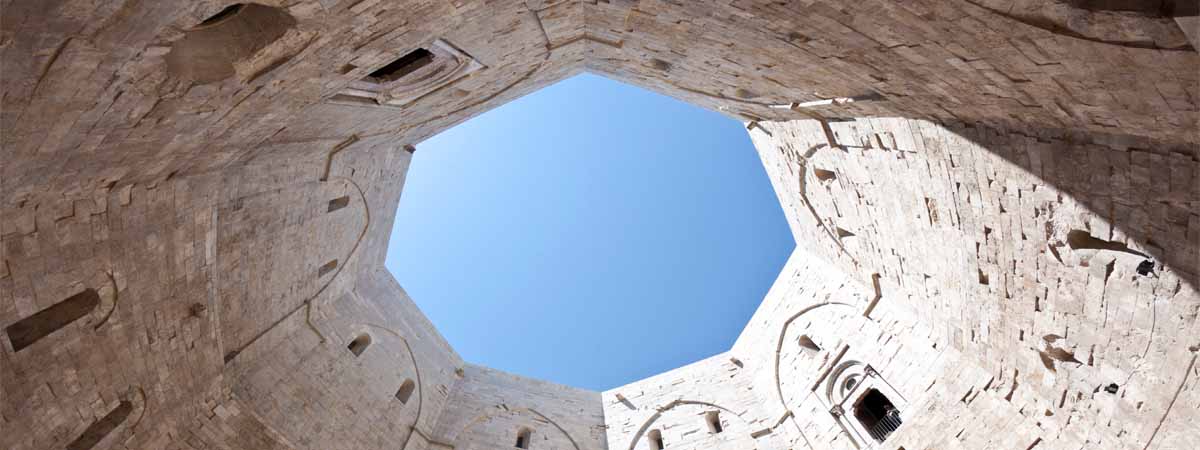
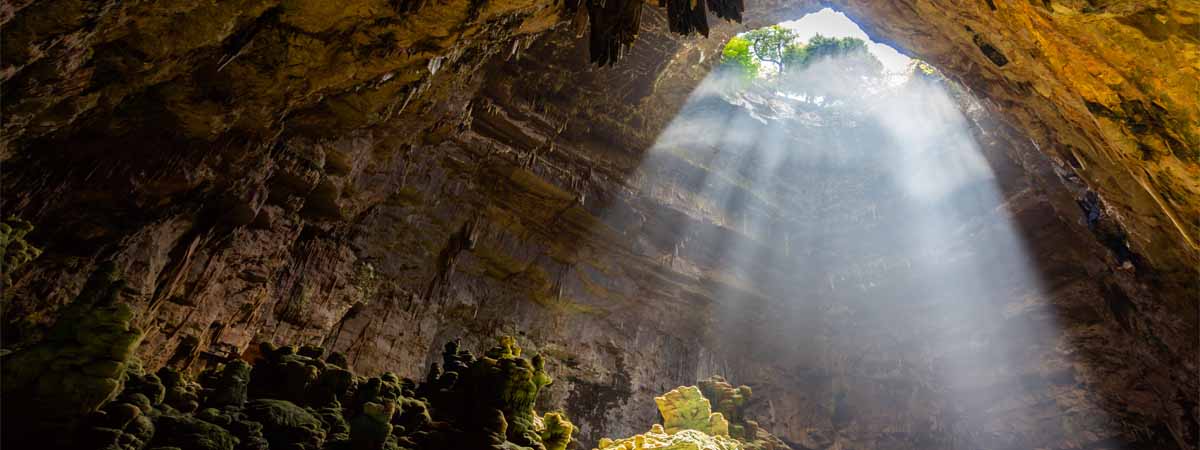
Travel Guides
[wudrelated include="1837"]
The Apulia Region of Italy
[wudrelated include="1840"]
The Cities of Apulia, Italy
[wudrelated include="4245"]
